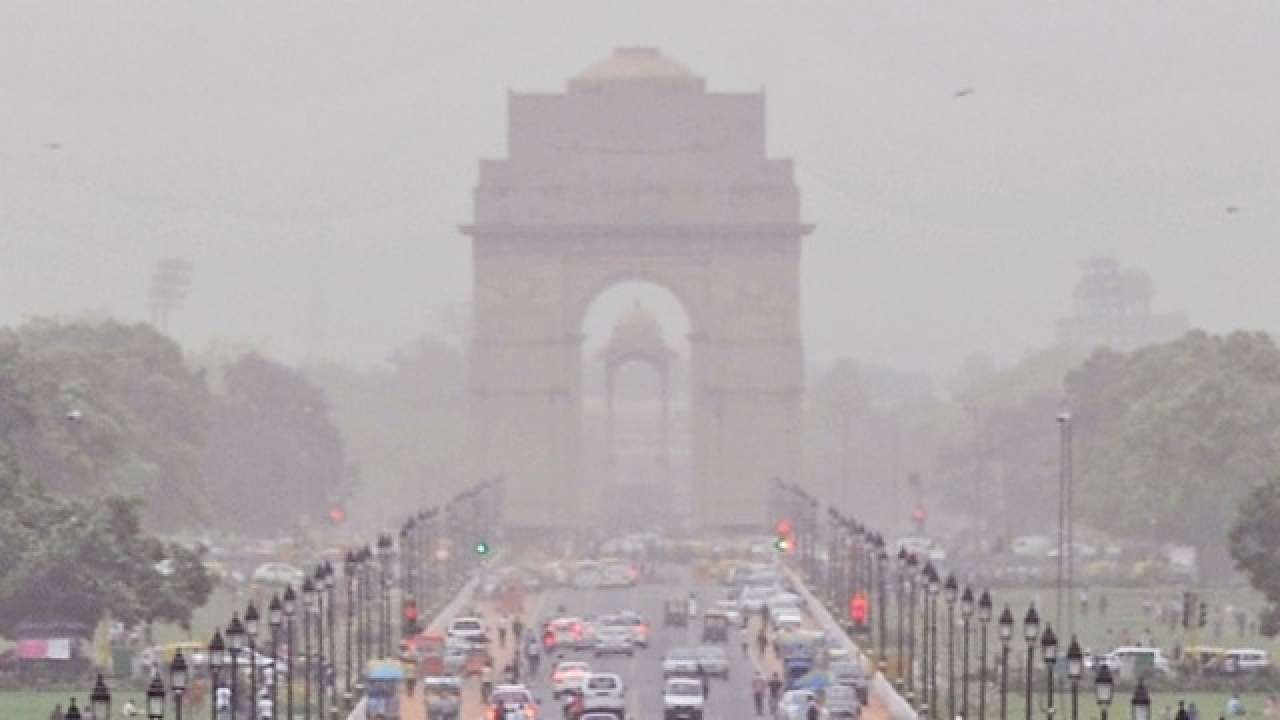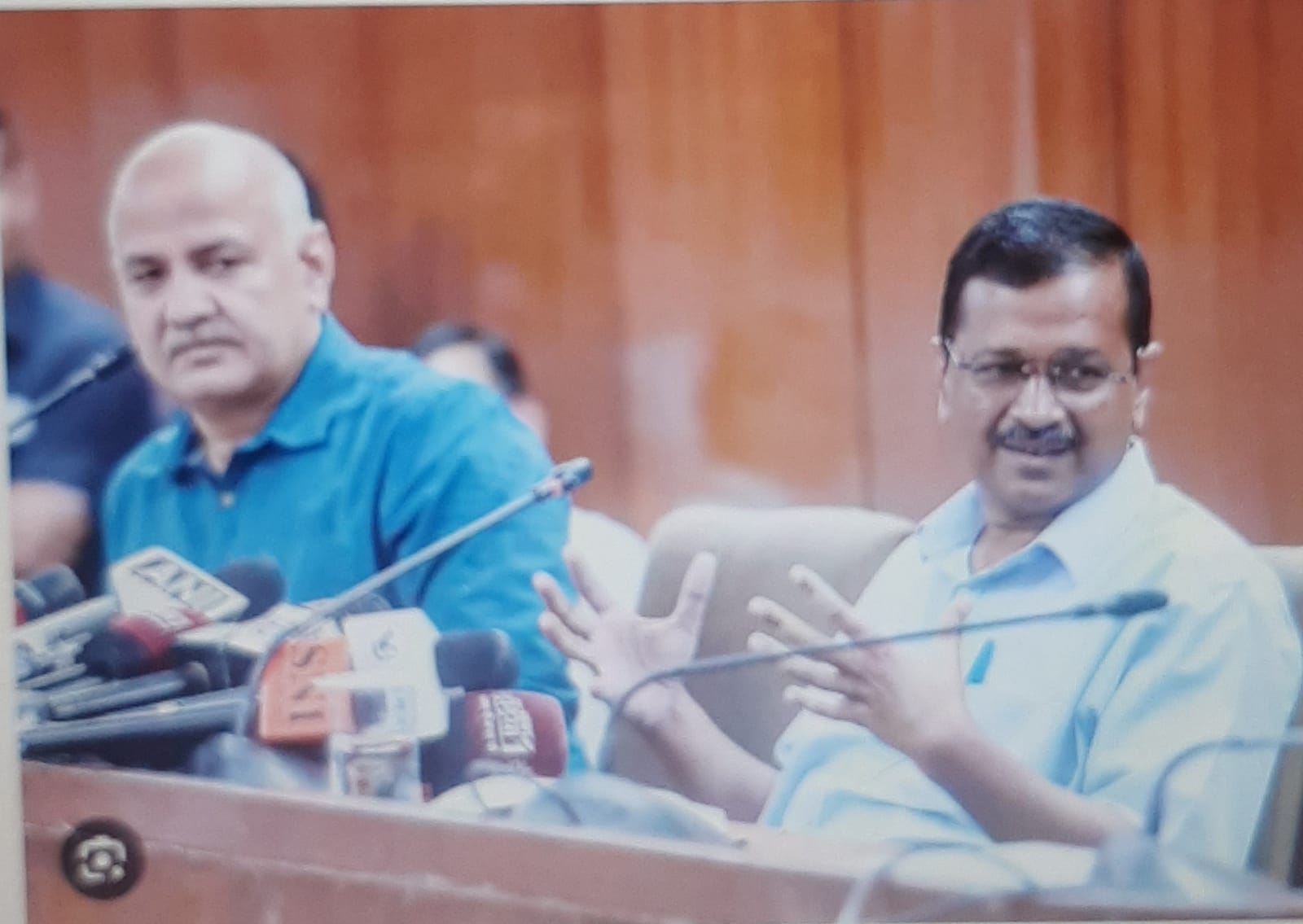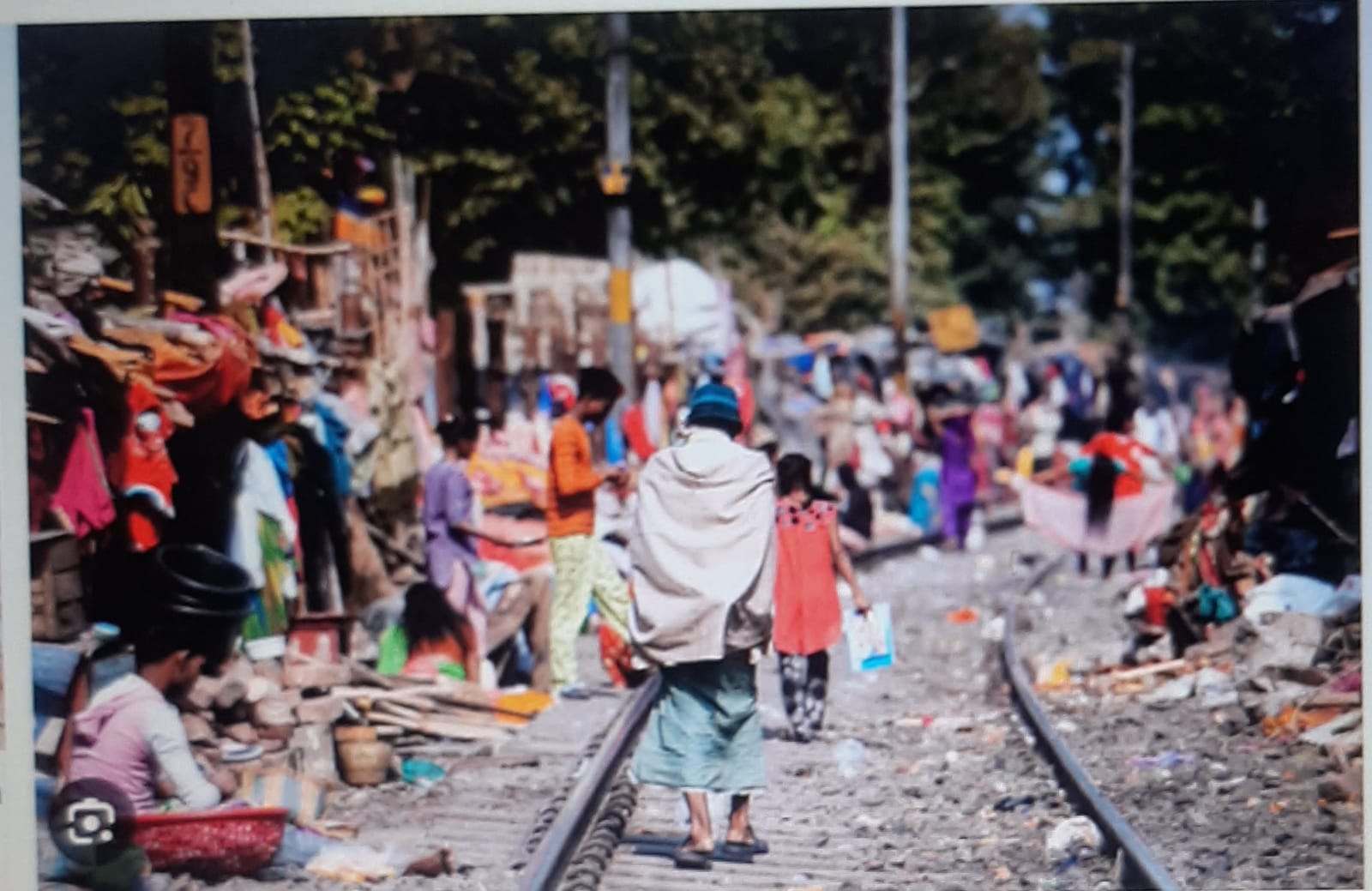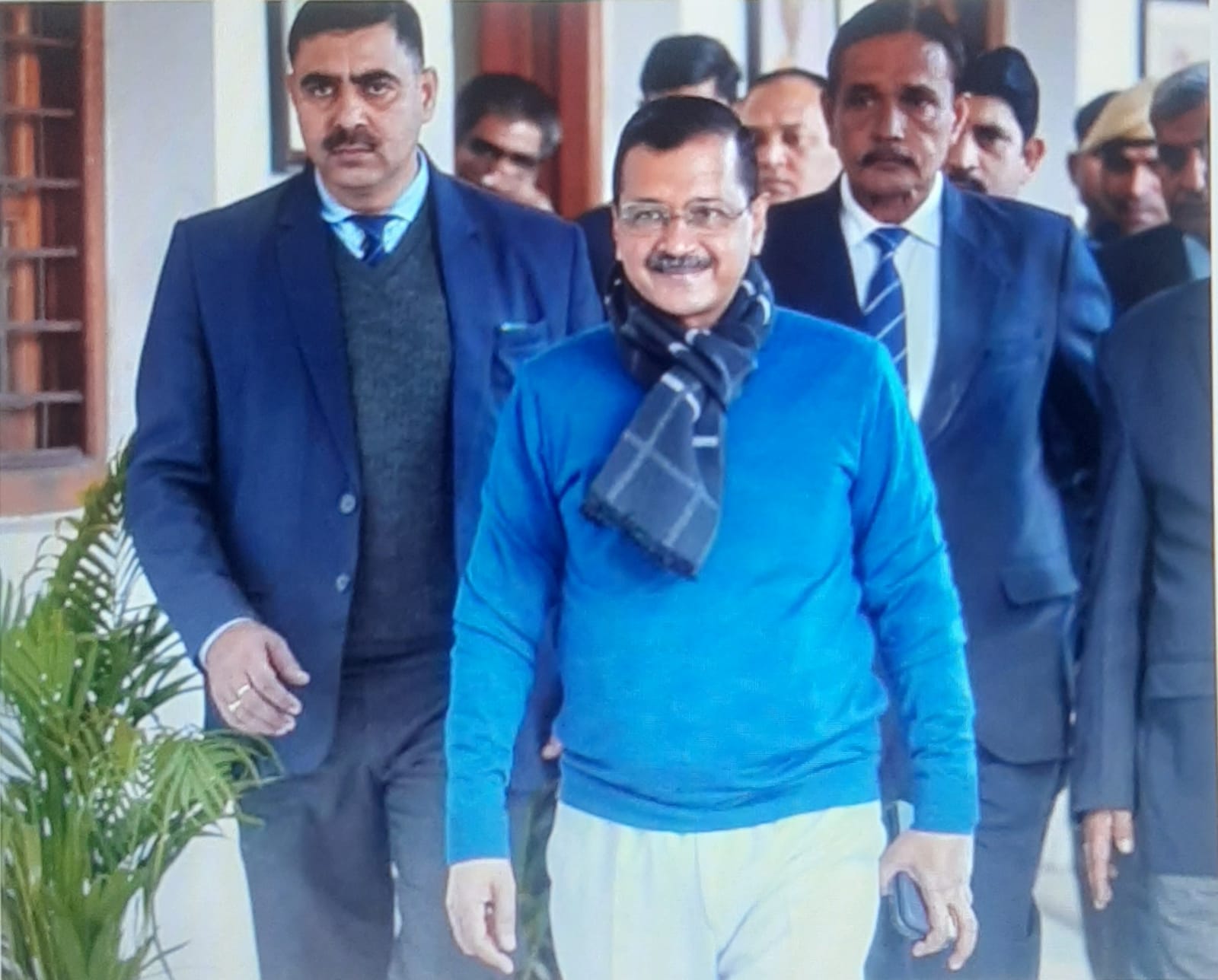
Despite a road map laid out by the IIT Kanpur study to bring down the pollution levels in Delhi and NCR, very little was done by way of implementation of the action plan. The horrific result is before us, writes V.S.Pandey
The Supreme Court, on Monday slammed the Delhi government for holding the municipal corporations culpable for air pollution in Delhi. The court said that such false pretences will force us to conduct an audit of the expenditure and earnings on your advertisements. These observations were made by the Supreme court while hearing a public interest litigation about the alarming levels of pollution in Delhi. At present Delhi is reeling under severe level of pollution yet again, like previous years ,with the Air Quality Index(AQI) levels surpassing the capacity of the measuring instruments. This has been the case for the past several decades and it is not only in Delhi or NCR but also many of our cities where air pollution has become a serious health issue. Of the 30 most polluted cities in the world, 21 are in India and as per a study based on very recent data, at least 140 million people in India breathe air that is 10 times or more over the WHO safe limit . 13 of the world’s 20 cities with the highest annual levels of air pollution are in India. It is understood that air pollution contributes to the premature deaths of nearly 2 million Indians every year. While pollution in cities is caused mainly by dust , emissions from vehicles and industries ,in rural areas, much of the pollution stems from biomass burning for cooking and keeping warm. In autumn and spring months, large scale crop residue burning in agriculture fields – a cheaper alternative to mechanical tilling – is a major source of smoke, smog and particulate pollution. Although India has a low per capita emission of greenhouse gases but the country as a whole is the third largest greenhouse gas producer after China and the United States. The Air (Prevention and Control of Pollution) Act was passed in 1981 to regulate air pollution but it has failed to reduce pollution because of poor enforcement of the rules.

A few years back, a comprehensive study of the problem of pollution in Delhi was carried out by IIT Kanpur in collaboration with other concerned agencies. The study recommended a series of measures to bring down pollution levels to tolerable limits . They included stoppage of use of Coal in hotels/restaurants , stopping of Municipal Solid Waste burning and improving its collection and disposal , vertically covering the construction area with fine screens, handling and storage of Raw Material (completely covering the material), water spray and wind breaker and storing the waste inside premises with proper cover. At the time of on-road movement of construction material, it should be fully covered, vacuum sweeping of major roads (Four Times a Month), carpeting of shoulders, mechanical sweeping with water wash , planting small shrubs, perennial forages, grass covers , retro fitment of diesel particulate filter , implementation of BS – VI for all diesel vehicles including heavy duty vehicles (non-CNG buses and trucks) and many other measures . In addition to the above, the study also recommended managing crop residue burning in Haryana, Punjab and other local biomass burning. The report clearly outlined that even with implementation of all control options, the national air quality standards will not be achieved for PM10 (100 µg/m3 ) and PM2.5 (60 µg/m3 ). As a next step towards attaining air quality standards, since the NCR is a contiguous area with similarities in emitting sources, it proposed that the all the recommended control options are implemented for the entire NCR and with the implementation of control options in Delhi as well as NCR, the overall air quality in Delhi would improve significantly and expected PM10 levels will be 120 µg/m3 and PM2.5 will be 72 µg/m3 . In addition to the above control options, some local efforts will be required to ensure that city of Delhi and NCR attain the air quality standards all through the year and possibly thereafter. Finally the study categorically stated that in view of limited financial resources, it is suggested that no separate or repetitive study is required in NCR and Delhi for re-establishing source-receptor impacts; the focus should be clearly on the implementation of an action plan.
Despite the precise road map laid out by the study to bring down the pollution levels in Delhi and NCR, very little was done by way of implementation of the action plan. The horrific result is before us .Year after year the situation is degenerating and still the blame game is continuing unabated . Neither the Delhi government did any thing substantial to implement the action plan nor did the Central Government .Undoubtedly these policy recommendations needed to be implemented not only in Delhi but in cities like Patna , Gwalior, Raipur, Ahmedabad, Lucknow ,Firozabad Kanpur, Amritsar , Ludhiana etc where the PM2.5 levels are at alarming levels. For this to happen , all the state government and the central government need to sit together and start implementing all the recommendations made by the IIT Kanpur led study to not only solve the pollution problem of Delhi only but of the country as a whole and urgently mitigate the health hazards due to rising pollution levels across the country .The time has come for action .No more blame games and passing the buck. People have suffered enough because of inaction of governments of all hues. It is a question of life and death now.
(Vijay Shankar Pandey is former Secretary Government of India)









